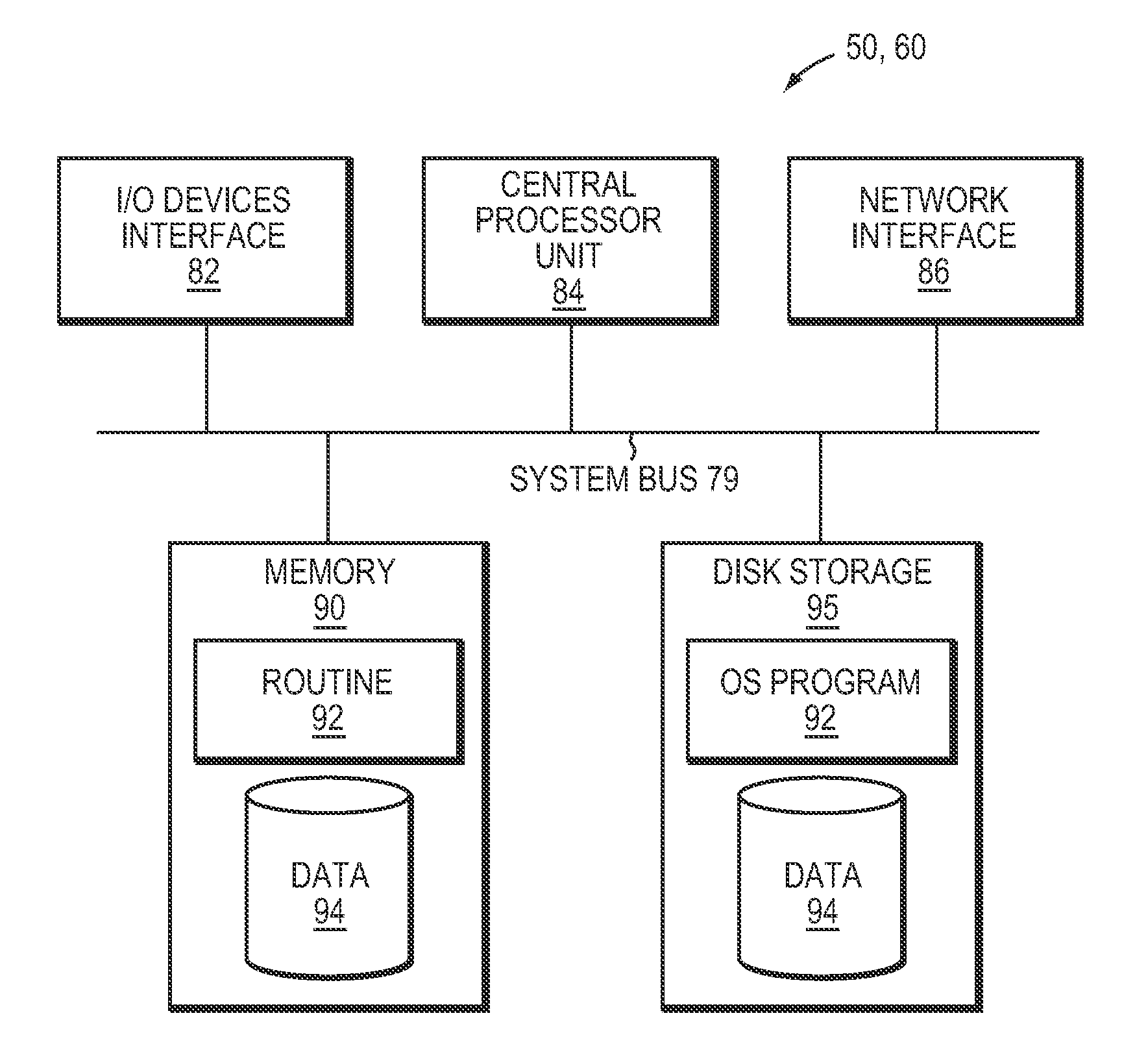Method for coordinating updates to database and in-memory cache
a technology of inmemory cache and database, applied in the direction of memory adressing/allocation/relocation, instruments, computing, etc., can solve the problems of invalidating or updating these caches, affecting the application of database updates, and requiring modification of database entries to invalidate or update cache entries, etc., to achieve the effect of hooking this transactional cache into an application fairly straightforward
- Summary
- Abstract
- Description
- Claims
- Application Information
AI Technical Summary
Benefits of technology
Problems solved by technology
Method used
Image
Examples
Embodiment Construction
[0014]A description of example embodiments of the invention follows.
[0015]Illustrated in FIG. 1a are various threads 13a, b . . . of a multi-threaded application 15, a subject database 17 accessed by the application 15 and a transactional cache 19 of the present invention. The database 17 maybe a backing store, other data store, and the like. The application 15 accesses the database 17 from a single server or a non-distributed processing system 11.
[0016]In the illustrated example, Thread 1 at 13a executes a database transaction 21a, and Thread 2 at 13b executes a respective database transaction 21b. For each transaction 21a, b. (21 generally), the status of the transaction 21 is represented using the notion of a Future 23 (the result of a computation (being) performed by some thread 13), in this case executing a respective database transaction 21. The value of Future 23 is set to indicate whether or not the transaction succeeded (e.g. a Future). Threads 13 can determine whether anot...
PUM
 Login to View More
Login to View More Abstract
Description
Claims
Application Information
 Login to View More
Login to View More - R&D
- Intellectual Property
- Life Sciences
- Materials
- Tech Scout
- Unparalleled Data Quality
- Higher Quality Content
- 60% Fewer Hallucinations
Browse by: Latest US Patents, China's latest patents, Technical Efficacy Thesaurus, Application Domain, Technology Topic, Popular Technical Reports.
© 2025 PatSnap. All rights reserved.Legal|Privacy policy|Modern Slavery Act Transparency Statement|Sitemap|About US| Contact US: help@patsnap.com



